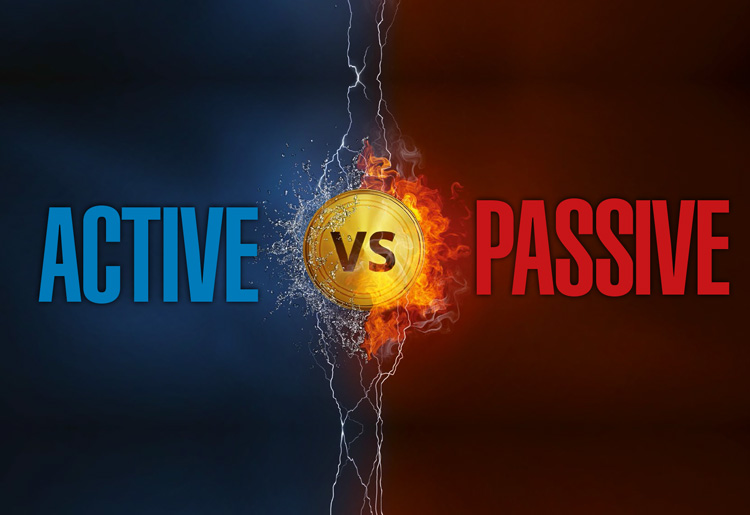Roger Aitken takes a closer look at one of the biggest ongoing debates in the investment world to see what lies ahead.
The direction of travel in the active versus passive investing debate has largely remained static for several years. In a nutshell, increasing amounts of money have been flowing out of actively managed investment funds and into passively managed ones. Is this a short-term trend or could it be part of a longer-term change?
In 2016 investors withdrew around $285bn from active funds and pumped almost $429bn into passive strategies. The picture was pretty similar last year, according to investment researcher Morningstar. Its figures show that while the active fund industry is much larger than the passive world – at $23.9trn versus $6.7trn – the gap is closing.
Offering a cheaper way to invest is certainly catching investors’ attention with passive funds growing more than four times faster than their active counterpartsin 2016. Moreover, Deutsche Bank estimates that passive funds will have as much cash allocated to them as active ones within a few years.
DIFFERENT STROKES
In terms of their respective approaches to investing, active investors follow and research companies closely and buy and sell stocks based on their future view. Passive investors, by contrast, typical mirror an index and purchase a basket of stocks and buy more or less regularly – irrespective of how the market is performing. It requires a long-term investing mindset compared to an active approach.
Passive fund managers pursuing this approach are content to perform at the market average – be it Standard & Poor’s 500 index of large US-listed companies, the Dow Jones Industrial Average, the FTSE 100 or DAX. But investors can also choose a mix and match approach. For example, they can be active traders of passive funds (i.e. betting on the direction of the market as opposed to buying and holding as a ‘true’ passive investor would). On the converse, passive investors can decide to hold actively managed funds in their portfolio on the basis that a robust money manager can outperformthe market.




